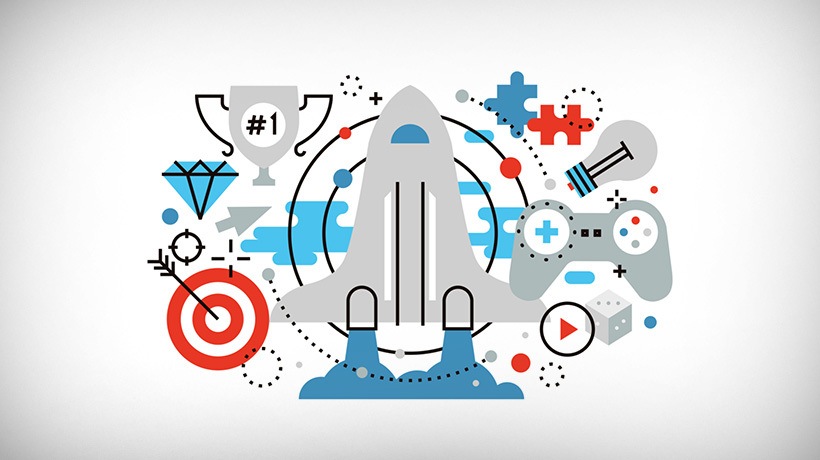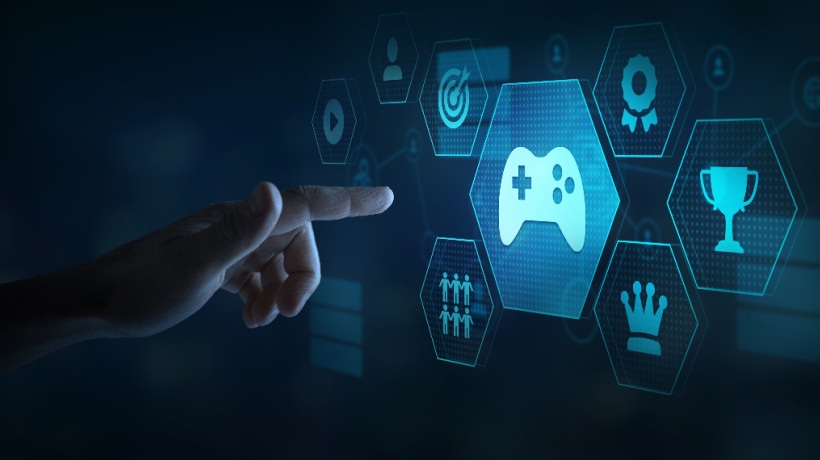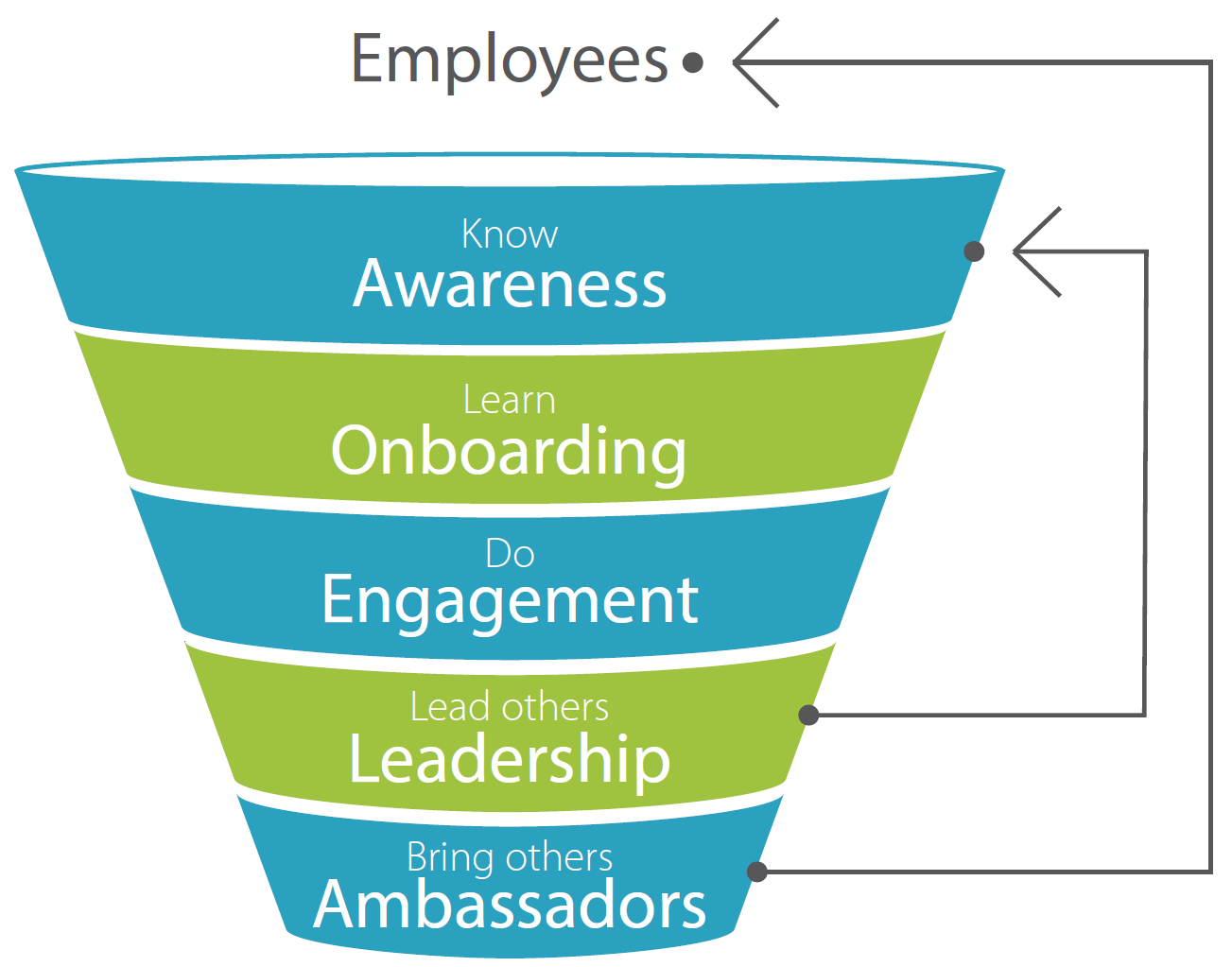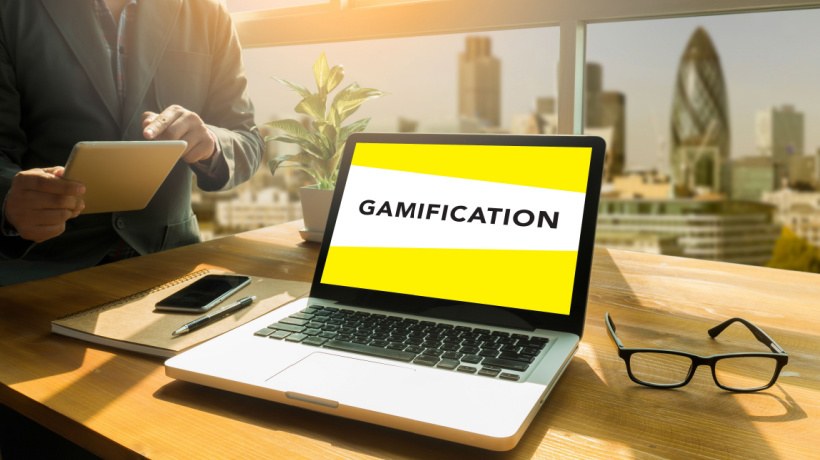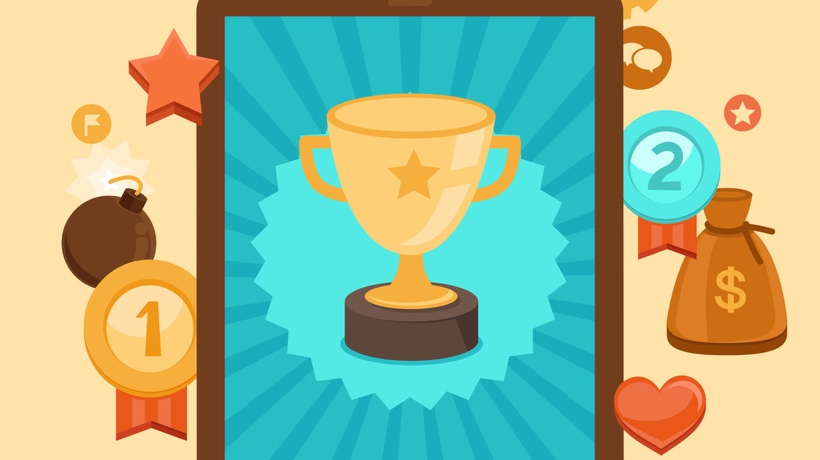Gamification Is Everywhere
Parents often convert room-cleaning time to a game of "the last one to finish is a rotten egg" for their children. Teachers treat students with a legible hand to toffees. The coffeehouse chain "Starbucks" grants Gold Card stars to its loyal customers. Global airline "Emirates" gives Skywards to its repeat flyers. The list is endless. New York-based entrepreneur Gabe Zichermann describes gamification as the process of integrating game dynamics such as competition, rules of the game, and point-scoring in order to solve problems and engage users. He confidently states that it is 75% psychology and 25% technology. While this concept has enhanced customer loyalty through incentives and membership perks, gamification has revolutionized the typical functioning of a workplace by upping employee engagement. How:
1. Converts "Learning" Into A Fun Game
Gamification comes in handy while onboarding new employees and orienting existing ones on products and policies. Guided eLearning programs or video tutorials save time and company costs but, at the same time, they don’t fetch much employee enthusiasm. Added game dynamics through points and badges as prizes for completed tutorials can make the process more fun and engaging. The company can assign performance-based reward points to ensure the employees not only retain the information quickly but also apply it at work—voluntarily.
2. Ensures Strong Teamwork
To strengthen teamwork and fetch better results, reward team members on the basis of their speed, efficiency, and quality of support. This is because it kicks in an urge to not only perform as an individual but break records as a team. If every department is pushed to perform through knowledge-sharing behaviors, the results of the business will increase manifold. Besides, this focused gaming tactic is also an exceptional option to get new team members off to a great start. Deloitte Consulting uses gamification extensively to increase collaboration among its management consultants across the globe.
3. Improves Sales Team Collaboration
The business of sales is highly competitive in nature. The process of reaching the last stage of the sale—closing the deal—is long enough and sometimes it doesn’t take place as well. This demotivates the sales reps. If a sales manager rewards performers who walk the extra mile to help out their colleagues, their performance will automatically improve. Gamification can, therefore, drive friendly sales competitions that not only yield individual results but also push the business forward.
4. Focuses On Innovation And Product Development
Whether it is about submitting an effective content plan for the next quarter or designing a revolutionary product software for the company, employees will keep up with the impressive work as long as they are being recognized for it. With gamification, these subjective efforts can be identified and rewarded through gift cards or a one-hour luncheon with the CEO or a paid vacation with the family. This can prove to have a positive impact on employees. The organization should reward top ideas and innovation across all departments for quality future deliverables.
5. Increases Social Media Advocacy
Companies can leverage social media channels to create competition among employees. Gamification can drive them to advocate for the company on their own social platforms. This enables effective marketing automation programs—thus leading to the increased online presence of the business. The targets can be set by the respective department heads. The most efficient advocators take the cake home!
6. Accelerates Feedback And Performance Reviews
If an employee scores less, it is an indicator of the fact that there is scope for improvement. Gamification eliminates the traditional concept of yearly performance reports. It provides peer recognition and feedback, both enable career advancement on a rather frequent basis. It rewards employees for their cross-departmental collaboration or contribution. A gamified platform can track scope or opportunities for improvement and make them available to employees in order to enhance their current skillset.
According to an infographic by GCC Marketing, gamification proved to have a positive impact on energy, stress, and productivity levels of employees.
- 71% of employees said "yes" to increased energy levels
- 66% of them reported a decline in their stress levels
- 1/3 of them showed an increase in their productivity
Moreover, the gamification company Badgeville has stated that its customers were able to increase employee engagement by 20% on collaboration platforms thanks to the gamification of the support processes.
When done correctly, gamification can enhance the workplace culture and employee engagement to a large extent. The key is to start with smaller goals and then scale up. What do you think?
